Night vision and thermal imaging devices are associated with night hunting or military actions. However, these high-tech devices are also used to save human lives. Without their use, medics and firefighters are severely limited in their operations. Learn how night vision and thermal imaging make rescue operations more effective!
Night vision and thermal imaging in rescue – essential search and rescue tools
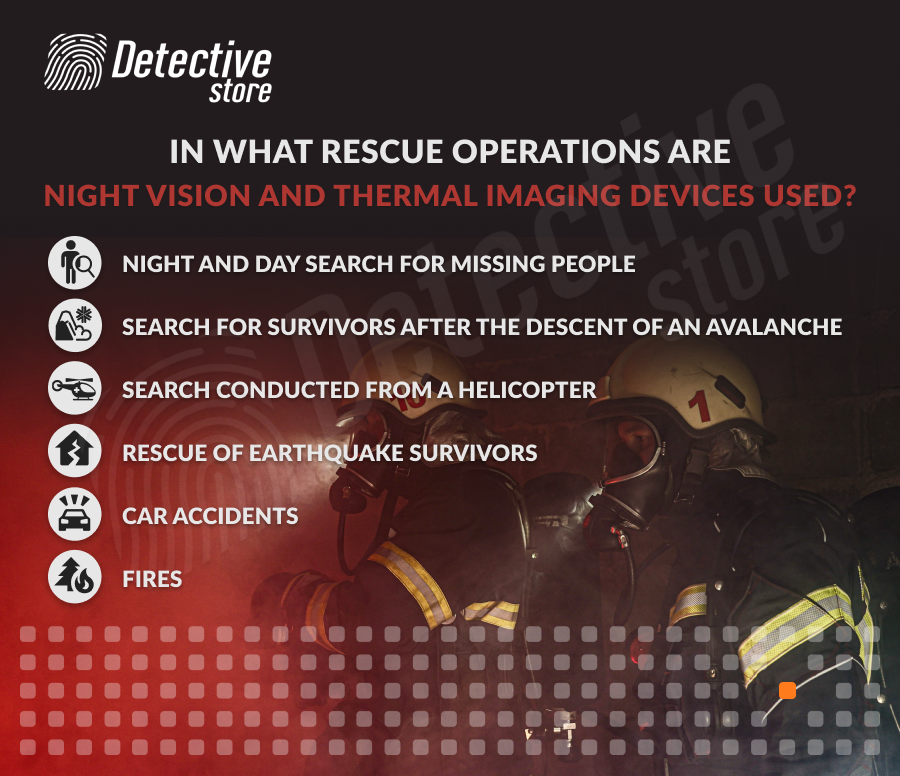
Sometimes the search for missing persons drags on for years. Both the police and other law enforcement agencies admit that the first hours after an incident are crucial in such situations. Especially when it comes to complicated and unusual situations.
Indeed, disappearances occur primarily during construction or natural disasters. Demanding rescue operations are usually accompanied by severely reduced visibility and cover of night. In such conditions, it is essential to provide rescuers with high-quality equipment that will contribute to saving more than one life.
Night vision is essential when searching for missing persons in lightless areas. These are usually forests, where visibility at night is almost zero. Thanks to special goggles, regardless of the conditions, rescuers are able to see from a greater distance the smallest object whose temperature stands out. Without their use, finding the missing person can take considerably longer.
Thermal imaging in rescue, on the other hand, is used in bad weather conditions. The difference is noticeable especially in heavy fog. Using the reflection of natural or infrared light, night vision is unable to cope with such a blur. Thermal imaging, on the other hand, performs well even in such an unfavorable situation.
Night vision and thermal imaging in rescue – earthquakes and avalanches
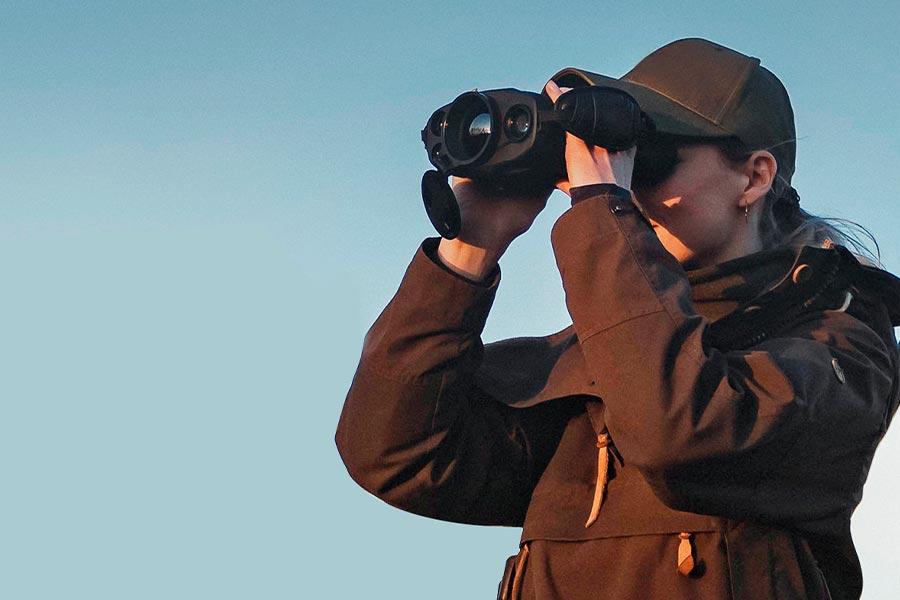
The issue of the use of night vision devices in rescue work is also similar during disasters as great as earthquakes, for example. Hundreds of injured people land under the rubble of collapsing buildings, and many different techniques are used to find them. The use of night vision makes it possible to spot a buried figure among the remains of a building. At night, the effectiveness of using special goggles is even greater.
At key moments in the aftermath of a disaster, the scene is shrouded in clouds of thick dust. In such situations, the services usually reach for thermal imaging cameras, which will allow them to see far more than night vision goggles.
Both forms of searching for survivors are also often used by mountain rescue when the area is hit by an avalanche slide.
Fires and car accidents – night vision and thermal imaging will work even in these cases
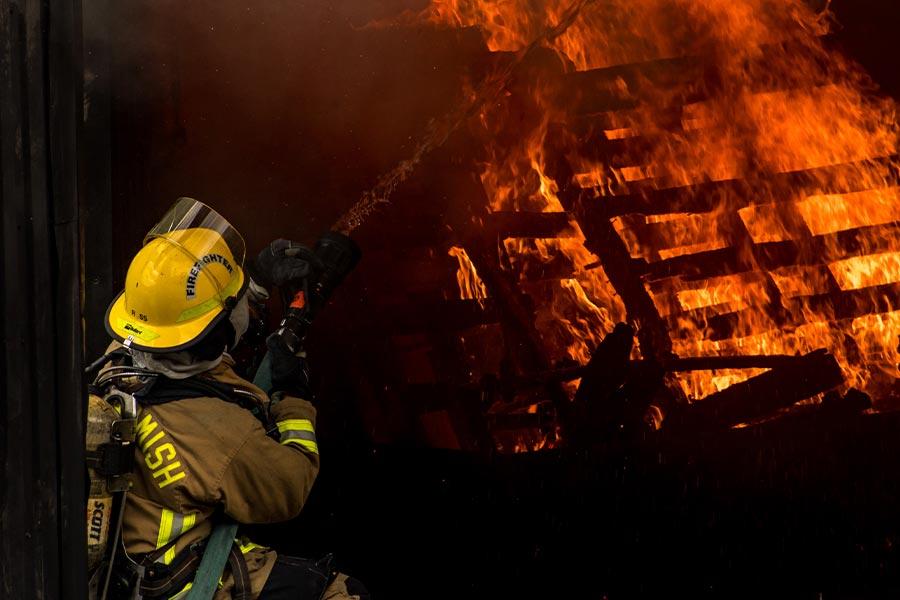
Thermal imaging in the case of fires on the surface does not seem to be the best way to save lives. In fact, quite the opposite is true. Thermal imaging cameras make it possible to see living people in the clouds of smoke that accompany the flames.
There are also big question marks over the use of night vision in traffic accidents. This solution is able to give a clear answer when there are doubts about how many people were in the car during the incident. This is because the seats used will be warmer than the others.
Night vision in rescue – used by medical helicopter pilots
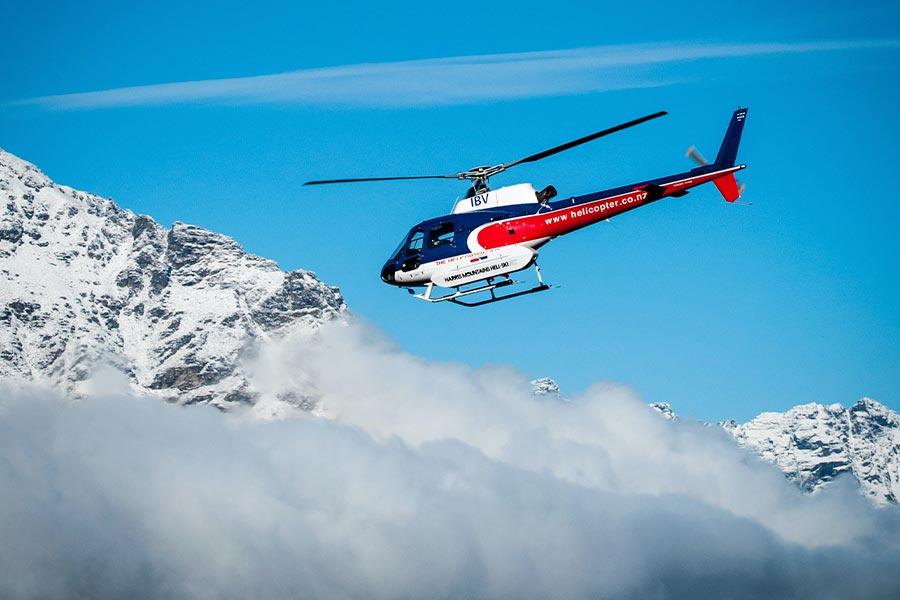
Night vision and thermal imaging cameras are integral to the work of helicopter pilots. After all, in difficult weather conditions and under the cover of darkness, it is difficult to properly assess the distance to objects and location. With this solution, it is possible to safely approach a landing or descend to a suitable altitude to help a person in need.
Night search operations in vast areas are also often carried out using a helicopter. Night vision cameras operate over long distances and from a bird’s eye view it is easier to find distinctive silhouettes.
Night vision and thermal imaging in rescue – FAQs
When do rescuers use night vision devices?
Rescuers use night vision devices primarily when searching for people in the dark. Most often, forests or caves are searched with their help.
When do rescuers use thermal imaging devices?
Rescuers use thermal imagers primarily in very bad weather conditions. In addition to fog, thermal imagers are also used in clouds of smoke and dust.
In what rescue operations do night vision and thermal imaging work well?
Thermal imaging and night vision in rescue operations are most often used when searching for missing persons. This type of equipment is also used at the scene of a fire, car accident, earthquake or avalanche.
Do medical helicopter pilots use night vision equipment?
Medical helicopter pilots often use night vision devices during flight. This allows them not only to safely judge distances and move the machine, but also to see silhouettes of missing people.




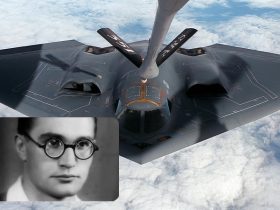
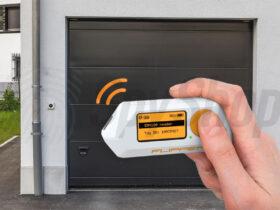
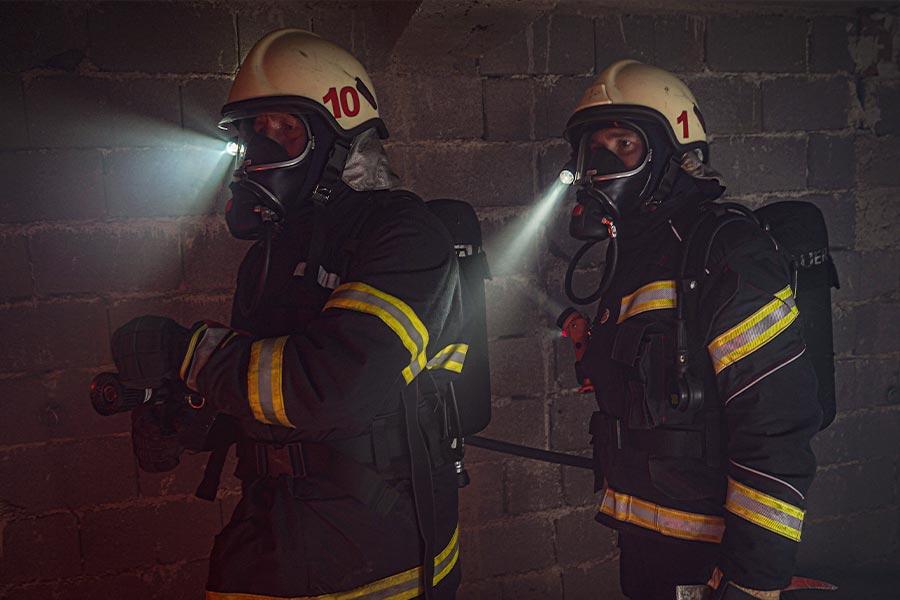


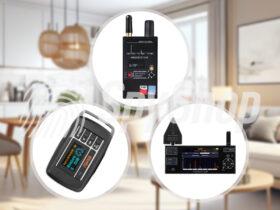
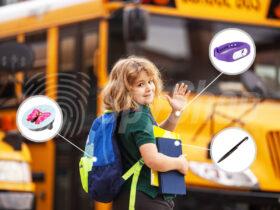
Leave a Reply